
Have you ever ordered something abroad only to be baffled by what arrived on your plate? Food names can be a linguistic minefield, especially across the U.K. and the U.S., where the same dish can have wildly different labels. Think you know your food terminology? Let’s see if these name swaps catch you off guard.
Crisps vs. Chips
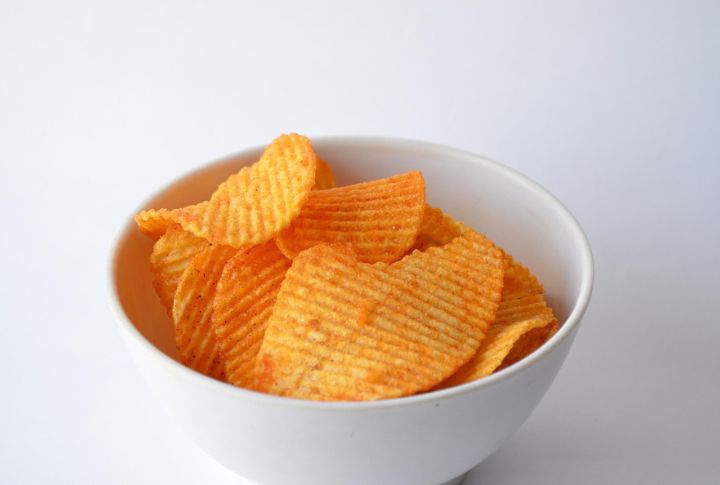
Golden and undeniably addictive, these thinly sliced potato delights have sparked a transatlantic naming feud. In the U.K., they’re called crisps, while Americans insist they’re chips—but it gets even more confusing. In the U.S., chips are fried, crunchy snacks, but in Britain, chips are thick-cut fries.
Aubergine vs. Eggplant
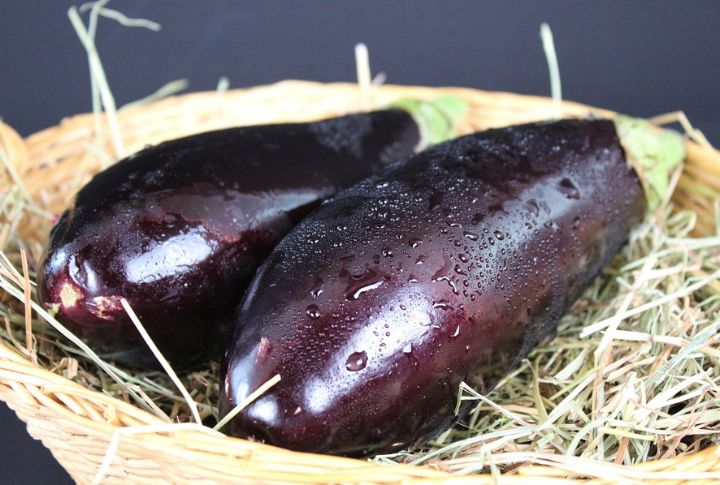
Deep purple and endlessly versatile, this veggie has a severe case of double identity. The British (and much of the world) call it aubergine, borrowing from the French, but Americans stick to eggplant, inspired by early white varieties that looked like eggs! No matter the name, this ingredient stars in dishes across the globe.
Courgette vs. Zucchini
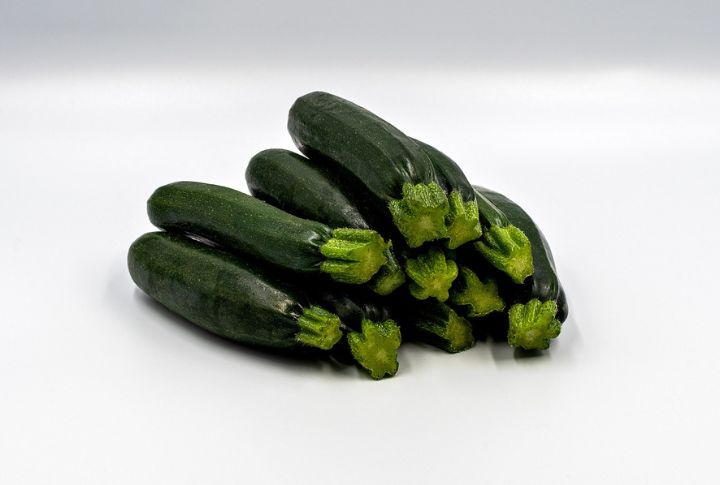
In the U.S., this mild, versatile summer squash goes by the zesty name of zucchini, thanks to Italian immigrants who brought their love for the vegetable across the Atlantic. Meanwhile, the British (along with much of Europe) prefer the French-inspired courgette, which sounds a bit fancier but tastes the same.
Rocket vs. Arugula
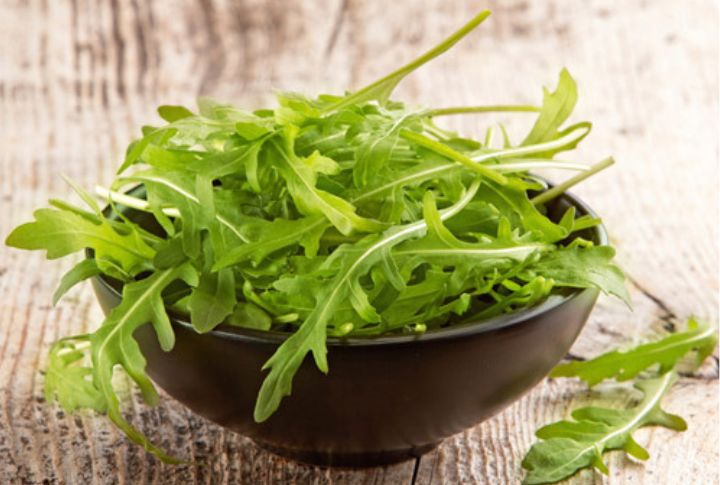
Did you know that your salad might have an identity crisis? This bold, peppery green is known as rocket in the U.K., a name rooted in the Latin eruca and adapted from the French roquette. Meanwhile, Americans call it arugula, a term shaped by Italian dialects like rucola.
Scone vs. Biscuit
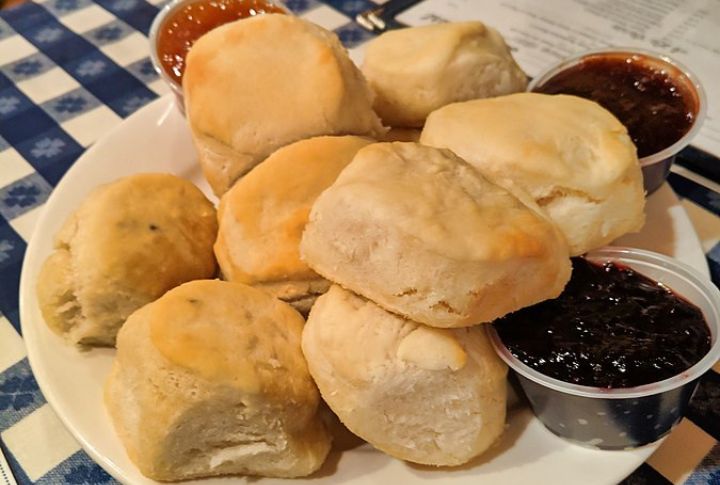
Soft and layered, the American biscuit resembles what Britishers call a savory scone. U.K. scones, often served with jam and clotted cream, have a firmer texture. This pastry divergence emerged from colonial baking techniques, as early American settlers adapted recipes to local ingredients.
Maize vs. Corn
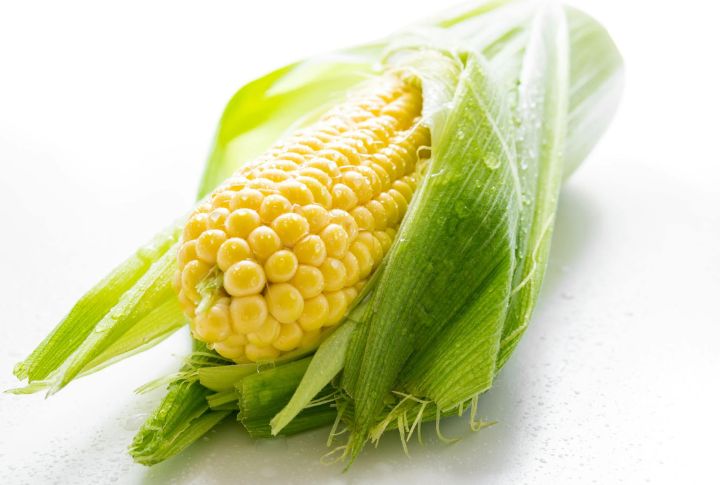
Golden kernels bursting with sweetness, maize, and corn have a complex history. Maize was a staple crop for Native Americans long before British colonists set foot on the continent. But in the U.S., it took on the name corn, a term the English initially used for any grain.
Spring Onion vs. Green Onion
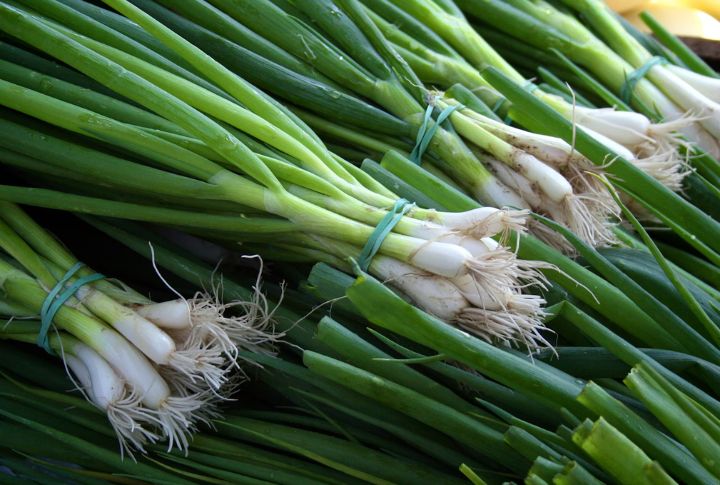
In the U.K., they’re called spring onions, a nod to their early spring harvest. Across the pond, Americans say green onions, simply highlighting their leafy tops. Despite the name difference, they’re the same tasty ingredient, perfect for jazzing salads and stir-fries.
Ice Lolly vs. Popsicle

Did you know that Americans say popsicle because the name comes from a 1923 brand inspired by an 11-year-old who accidentally invented it after leaving a soda with a stirring stick outside on a cold night? Meanwhile, the U.K. calls it an ice lolly, a fun name that reflects its lollipop-like shape!
Candyfloss vs. Cotton Candy

You know the candy that disappears the moment it touches your tongue? That airy, cloud-like treat is known as candyfloss in the U.K., a name that highlights its delicate, wispy texture. On the other hand, Americans call it cotton candy, inspired by its soft, fibrous appearance.
Coriander vs. Cilantro
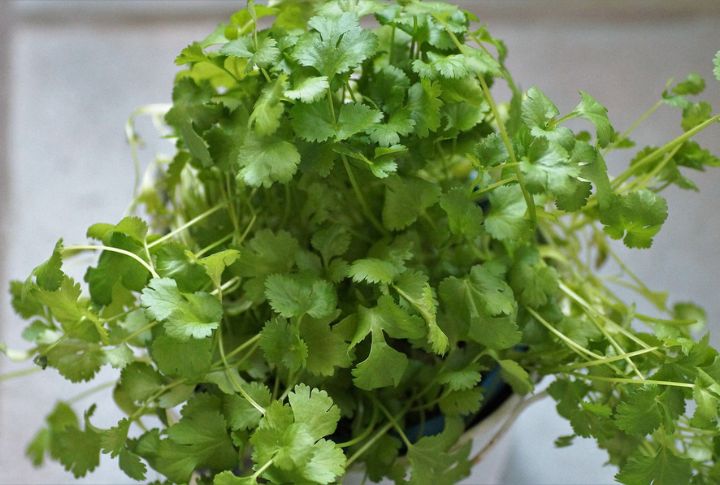
This fragrant herb causes just as much name confusion as taste debate! In the U.K., coriander refers to fresh leaves and dried seeds. In the U.S., the leaves are cilantro, a word borrowed from Spanish, while the seeds keep the coriander name.
Leave a comment